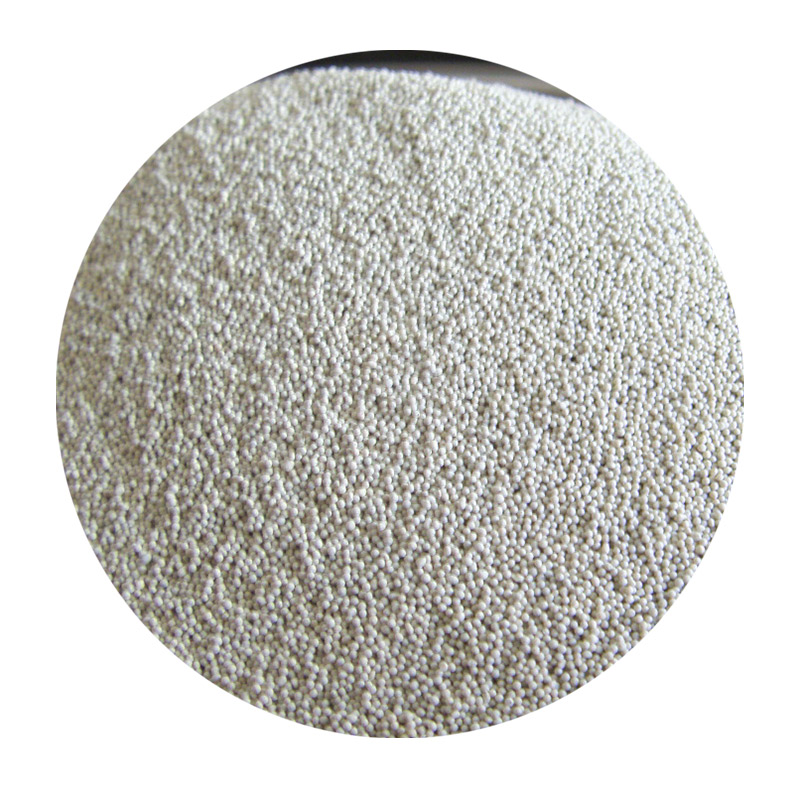The Importance of Sanding for 3D Printed Parts
3D printing has revolutionized the manufacturing landscape, providing unprecedented flexibility and customization. However, one crucial aspect often overlooked by enthusiasts and professionals alike is the post-processing phase, particularly sanding. This step is essential for achieving smooth, aesthetically pleasing, and functional 3D printed parts.
The Importance of Sanding for 3D Printed Parts
The main purpose of sanding is not merely aesthetic; it also improves the mechanical properties of printed parts. A smooth surface has better adhesion for painting, gluing, or coating, which can be critical for parts that will be subjected to functional stresses. Moreover, a well-sanded surface can reduce the likelihood of cracking, warping, or breaking, which ensures that the part maintains its structural integrity during use.
sanding 3d printed

When sanding 3D printed parts, it's important to choose the right grit sandpaper. Starting with a coarser grit (around 100 to 220) can help remove the bulk of the layer lines. Gradually progressing to finer grits (up to 1000 or even higher) enables the user to achieve a polished finish. It's advisable to sand in a circular motion to prevent creating flat spots on the surface and to consistently check the progress.
Water sanding, also known as wet sanding, is another technique that can enhance the sanding process. This method involves using water or soapy water alongside sandpaper to minimize dust and improve the finish. Water acts as a lubricant while also preventing the sandpaper from clogging, allowing for a more effective sanding experience.
For those who are less experienced with sanding, using a sanding sponge or a sanding block can be beneficial. These tools provide a more uniform surface on the part and help maintain consistent pressure during sanding. It's also crucial to wear a mask and safety goggles to protect oneself from fine dust particles generated during the process.
In conclusion, while 3D printing allows for the creation of complex forms and customized designs, proper post-processing, including sanding, is essential for achieving high-quality results. By investing time and effort into sanding, users can greatly enhance the appearance and durability of their 3D printed parts, ensuring that the final product meets both aesthetic and functional needs. As the 3D printing technology continues to evolve, understanding the significance of post-processing will be key to unlocking its full potential. Embracing techniques such as sanding will undoubtedly lead to more satisfaction in the world of 3D printing.
Post time:ruj . 05, 2024 13:20
Next:lost foam casting manufacturers
